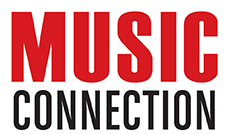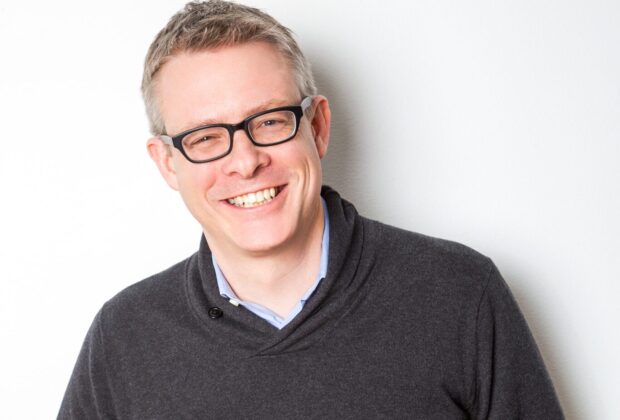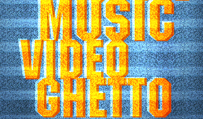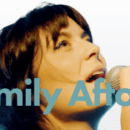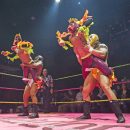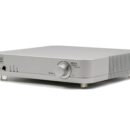An Impactful Legacy Goes Indie
A conversation with Executive Director, Henry Donahue
Save the Music has officially departed from Paramount Global (following their separation from the VH1 brand in 2019), and has already raised $4 million of the $10 million goal for their newly launched endowment fund. Remaining supportive of the organization’s efforts, Paramount has pledged a six-figure donation towards the fund. Says Executive Director Henry Donahue, “We started as a corporate social responsibility initiative and were able to grow beyond the corporate partner. I credit our Board and leadership with identifying this strategic priority five years ago.” The newly launched endowment was established to ensure sustainability and long-term support for new and existing educational initiatives.
Looking to drop the corporate name and become the MusiCares equivalent for music education, the organization’s fundraising efforts are not about flashy, expensive charity events. “We wanted it to come from people in the community, so a majority of our funding now comes from community-based foundations and local philanthropies,” says Donahue. Save the Music already has long-term relationships within local communities for teacher training. “We're able to invest in the ecosystem, growing and supporting it in a way that has a much more systemic impact than just the ‘wow model,” Donahue shares.
Vision: to have every student in every school making music. In addition to donating instruments to school music programs, every grant includes community-level teacher training and additional financing to drive change at the local level. Of his work with Save The Music, Donahue says that the most impactful part of his role is his interaction with the students. “People who don't interact with young people on a regular basis have a weird idea about what young people are like,” he says. “’Aren’t they always on their phone? I hear they're so depressed?’ In the music room, you don't experience that.” the work of Save The Music is about impact. “It's less [about] the wow, transformative story,” shares Donahue. “We have a lot of students who went on to become music teachers, who went back to their neighborhood, community, and school. It's about every school I go to - all those little moments.”
As of 2024, 95% of foundation funds come from non-Paramount sources [comprised of local community foundations, individuals, and industry partners – including a recent $2 million grant from MacKenzie Scott]. “We’re not going to be tied to any one corporate donor in the music world,” says Donahue. “We’ve built this wonderful coalition of music and community partners to support the effort forward. It’s about sustainable impact and not being tied to the ups and downs of whatever is going on. Withdrawing just 5% a year [from the new endowment] would mean operational independence that covers overhead and sustains the organization.” From here, almost all fundraising efforts would go directly to music initiatives.
In addition to working with over 20 new schools in New York and Los Angeles every year, and hosting musical community gatherings, Save The Music also has long-term relationships with local music groups that do training for the teachers. “We're able to invest in the ecosystem, growing and supporting it in a way that has much more systemic impact than just the ‘wow model,’” emphasizes Donahue. “If you've ever been to a Nashville event [“Hometown to Hometown”], it still seems like a small town. They're very warm, friendly, and community-based. We honor an artist who's an executive and usually also a songwriter,” he says. “The whole idea came from songwriters. We raised enough at that event to do an incremental grant. Nashville is one of the places where we give a grant back to the artist’s hometown.”
The foundation also works with prominent artists directly, although they are careful about the students and their experience. Says Donahue, “We have a culture code internally, and the number one thing is ‘students first.’ We never want to do an event where the students are essentially background actors for a content creation moment. We always want to make sure that this is a great experience for them.” It’s essentially a type of mentorship model, working with the idea that this is about community, long-term impact, longer-term partnerships, and it includes insight behind the scenes into all the possible pathways within the music business. Artist partnerships are also built around how to have the best impact all around. “When artists, managers, or agents come to me and say [they] just had a breakout year, achieved some level of financial independence, and they want to start a nonprofit, I usually advise them to partner with nonprofits that are already doing incredible work on the issue they care about,” says Donahue. “[We’re] trying to help the boots on the ground, as opposed to reinventing the wheel at each place.”
“Our program team’s special power is figuring out how to connect people who want to help with the school district,” shares Donahue. “Districts [can be] very bureaucratic [and often] have a lot of turnover in terms of administration and leadership. Knowing the personalities and people, how to navigate the systems, and how to co-create those plans so that the local people have a real stake in what happens - that's really what our focus is.” It’s ultimately about where to send the check to have the most impact and, as one of the few music education nonprofits with no genre focus, there is no preconceived notion for any community they look to partner with. Adds Donahue, “We do have a fixed menu of grants, but we try to hear from the community [about] what parents, students, and teachers are interested in funding.”
Becoming independent has opened up new partner opportunities as well. “We were just at an event with TikTok, did a mini [documentary] with Amazon earlier this year with Victoria Monet, [and] were the beneficiaries of the Mark Zuckerberg / T-Pain single’s royalties,” says Donahue. “As the music industry has evolved, new technology players have come in around streaming, [and] we’re able to leverage and grow [our] partnerships.”
25 years after its inception, Save the Music has raised almost $80 million for music programs within schools across the United States. With a current focus on New York, Los Angeles, Atlanta, Miami, and Ohio, they are looking to expand elsewhere, especially in Baltimore, Memphis, and Oakland. “We have a lot of communities where we have great relationships, great local partners, and a vision for how this could scale,” says Donahue. “We are currently doing about 100-150 new school programs a year. If we could get north of 200 schools a year, we've doubled our size in the last five years. If we could double again in the next five years, we're in range of solving this problem, getting to our vision of every student and every school being able to make music part of their education. This is a solvable problem in our lifetime.”
In celebration of their latest endowment initiative, Save the Music has joined a stellar lineup of musicians offering up merchandise and tickets for bid in a fundraiser auction running now through February, hosted on Propeller (see: propeller.la/campaigns/32178/save-the-music). Artists lending support include Sabrina Carpenter, Blake Shelton, Patti LaBelle, GHOSt, Common, and others.
Find out more at: savethemusic.org
